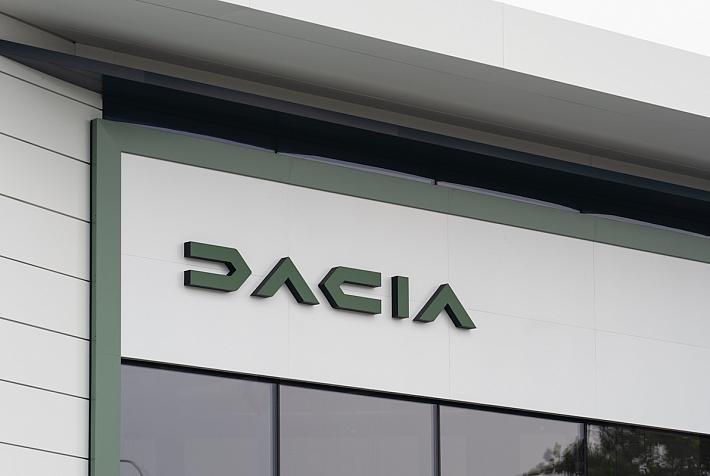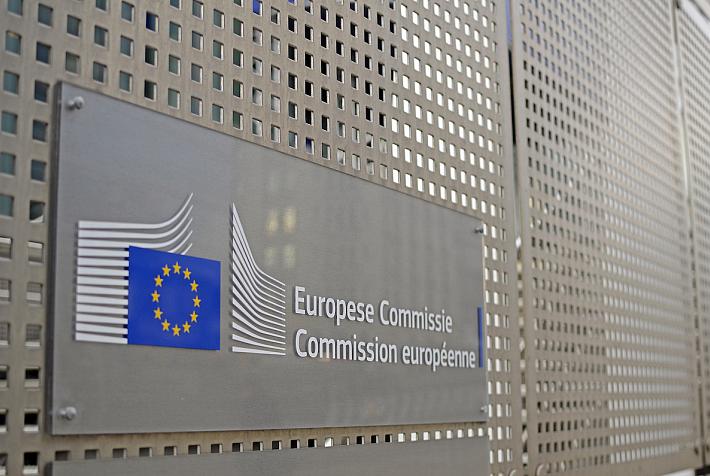Specialists discuss latest solutions, share professional challenges at National Congress of Radiology and Medical Imaging in Craiova, supported by Siemens Healthineers

Numerous professional development and training opportunities, presentations on the latest imaging techniques and protocols, the latest developments in AI-powered imaging solutions and their impact in the field of radiology were all part of the program of this year’s National Congress of Radiology and Medical Imaging, held in Craiova between September 21 and September 24.
The event, organized by the Romanian Society of Radiology and Medical Imaging and having Siemens Healthineers as lead partner, gathered professionals working in radiology to share knowledge and discuss the latest trends in the field. Participants from Romania and Moldova took advantage of the learning opportunities afforded by the congress, which had top experts from Europe and Israel among the speakers. The program included the ESOR Visiting Professorship Programme, a one-day course delivered with the help of the European Society of Radiology on Advanced MR of the Abdomen. It featured presentations from professor Marc Zins (Paris, France); professor Valerie Vilgrain (Clichy, France); and professor Regina Beets-Tan (Amsterdam, The Netherlands). Other specific training opportunities included the European Diploma in Radiology (EDiR) session, with the diploma serving as a tool for the standardization and accreditation of radiologists across Europe.
Participants could attend a variety of sessions and panels dedicated, among others, to updates in urogenital imaging, artificial intelligence, neuroimagistics, the impact of breast imaging in oncology, interventional radiology, and oncology, research and malpractice.
Another novelty at the congress was the presence of the Medical Doctors’ Caravan. The project, which counts radiologist Mihai Ranete among its founders, is known for offering free screening and medical services to people living in areas of the country with little to no access to healthcare. This time, the caravan was present on the esplanade of the National Theater of Craiova and offered breast ultrasounds.
On a lighter note, the event also included an escape room on medical imaging topics, a personal development session and a mini-concert delivered at the official opening by the Choir of the University of Medicine and Pharmacy of Craiova.
Managing the work & technology updates
Among the experts attending the event, Adrian Brady, the president of the European Society of Radiology, delivered a presentation on Errors in radiology, looking at the extent of the phenomenon and its causes as well as possible ways to deal with this, from the responses engrained in medical culture to ways of addressing incidents to allow for process improvement and self-correction, and generating solutions to prevent this for happening again. Working out why an error occurred, what elements led to this happening and what can be done to prevent it from happening again are all part of the system-centered attitude to tackling inaccuracies presented by the speaker.

In his turn, Martin Deutschmann, Head of Diagnostic Imaging Austria, Poland, Central and South East Europe, Israel, Ukraine and Turkey with Siemens Healthineers, covered the topic of Breakthroughs in Computed Tomography leading to an improved risk/benefits ratio. The presentation made reference to the technology used in the Naeotom Alpha scanner, which was cleared for clinical use in the US and Europe two years ago. The scanner offers an increase in resolution and a reduction in radiation dose. Its photon-counting technology directly detects each X-ray photon and its energy level instead of first converting it into visible light, as it happens with conventional CT imaging, thus offering more usable data. When it comes to lung scans, it allows for a high-speed process without the patient having to hold their breath. For healthcare professionals, it helps increase diagnostic confidence without increasing the risk of radiation, he explained, something backed by numerous peer-reviewed studies carried out so far.
At the same time, doctor Virgil Ionescu offered the audience a run-through of the challenges associated with magnetic resonance imaging in evaluating bone marrow, while professor Apostolos Karantanas delivered a recorded presentation on Overuse syndromes in adults.
AI anxiety?
Another session that gathered significant interest was dedicated to the topic of artificial intelligence, as top experts brought to the table both European and Romanian perspectives on the topic. The speakers shared their experience of working with various AI-powered solutions but also looked at the ethical concerns surrounding their use.
As radiology and imaging specialists face increasing workloads, AI-based solutions can help stream and ease workflows, but their use comes with a host of associated issues, ranging from issues surrounding the patients’ data to questions related to machine learning and how this should be approached.
Bringing to the table the expertise of working with AI algorithms in everyday practice in his home country of Israel, professor Jacob Sosna was among those highlighting the idea that radiologists using AI will replace radiologists not using it. He spoke of the challenges associated with the vast amount of data generated by such solutions and the need to train the machine for deep learning. In addition to providing better quality imaging, such solutions can also take over repetitive work in diagnosis, and help deal with physician shortage and burnout, increase workflow efficiency and quality, and enhance the discovery of lesions. Speaking of the limitations of the software, he also pointed to the need to have a doctor’s perspective, giving examples of false positives and false negatives. Comprehensive solutions are needed, he argued, while also highlighting some of the elements open to improvement, including the standardization of image analysis, the bias in database curation, the benchmarks for methodologies used and the integration of the algorithms into the workflow.
Professor Emanuele Neri tackled the topic of explainability and responsibility in AI-based radiology, referencing the black-box problem behind the success of AI.
Explainability, which refers to the ability to gain an understanding of how artificial intelligence generates output, is important when analyzing and challenging AI-based decisions and tracing chains of accountability, Neri explained. Although Deep Learning tools can generate reliable outcomes, they are characterized by an intrinsic ‘opacity,’ which leads to them being likened to a black box. The more complex a system is, the more opaque it can be. Their behavior can be challenging to understand, and experts may struggle to comprehend fully the patterns through which these models come up with decisions with a critical impact in an area like healthcare. The opaque nature of AI is also what makes medical professionals and patients show distrust towards these solutions.
This is why it is essential to strike a balance between the performance of a solution and its interpretability, as this impacts both medical care and the adoption of AI solutions in radiology. To tackle the issue, the EU’s Expert Group on AI drafted guidelines on reliable AI requiring “an adequate explanation of the decision-making process.”

Professionals can either model a software that explains itself or use an external software as a tool to interpret the first one. However, they still need to approach the issue of the ethics of AI in radiology. In addition to an overreliance on AI and an automation bias that sees humans trust machines, there are the questions of AI influencing radiologists in making errors, the omission errors when humans fail to notice or disregard the failures of AI, but also the erroneous acceptance of results.
Following a presentation by Valerie Villgrain on the use of AI in liver tumors, professor Ioana Gheonea, the president of the Romanian Society of Radiology and Imaging, offered the audience an overview of the use of AI in local radiology. AI solutions have been adopted in the Romanian healthcare sector, both in its public and private components. The Covid-19 pandemic accelerated this adoption, and while 2019 saw a modest start to the integration of these solutions in only a couple of hospitals, 2020 was the year that recorded a marked increase in the deployed systems. University, county, municipal, and city hospitals are among those adopting such solutions, but private institutions significantly outnumber state-owned ones when it comes to this.
She also highlighted several trends to follow in this area, namely the normalization of AI in large hospitals and private clinics, an increased adoption in smaller institutions, a more diverse range of pathologies analyzed with the help of AI; increased competition as more companies will enter the market for AI solutions; and the standardization of AI performance testing and collaboration.
The importance of screening
In the session dedicated to the impact of breast imaging in oncology, the speakers stressed the importance of screening and screening programs and how this influences the outcome of breast cancer patients. Estimates by the International Agency for Research on Cancer show this is the most frequently diagnosed cancer in women, accounting for one in every four new cases of cancer diagnosed. Doctor Carmen Lisencu, who delivered a presentation on vacuum-assisted biopsy in breast cancer diagnosis, gave the example of a screening program implemented by the Oncology Institute of Cluj-Napoca in the country’s North-West region. During the same session, doctor Ritse Mann of Radboud University Medical Center (Nijmegen, the Netherlands) gave an overview on the adoption of breast MRI protocols to the imaging indication, highlighting the indications for breast MRI.
*This Healthcare Trends article is supported by Siemens Healthineers.








